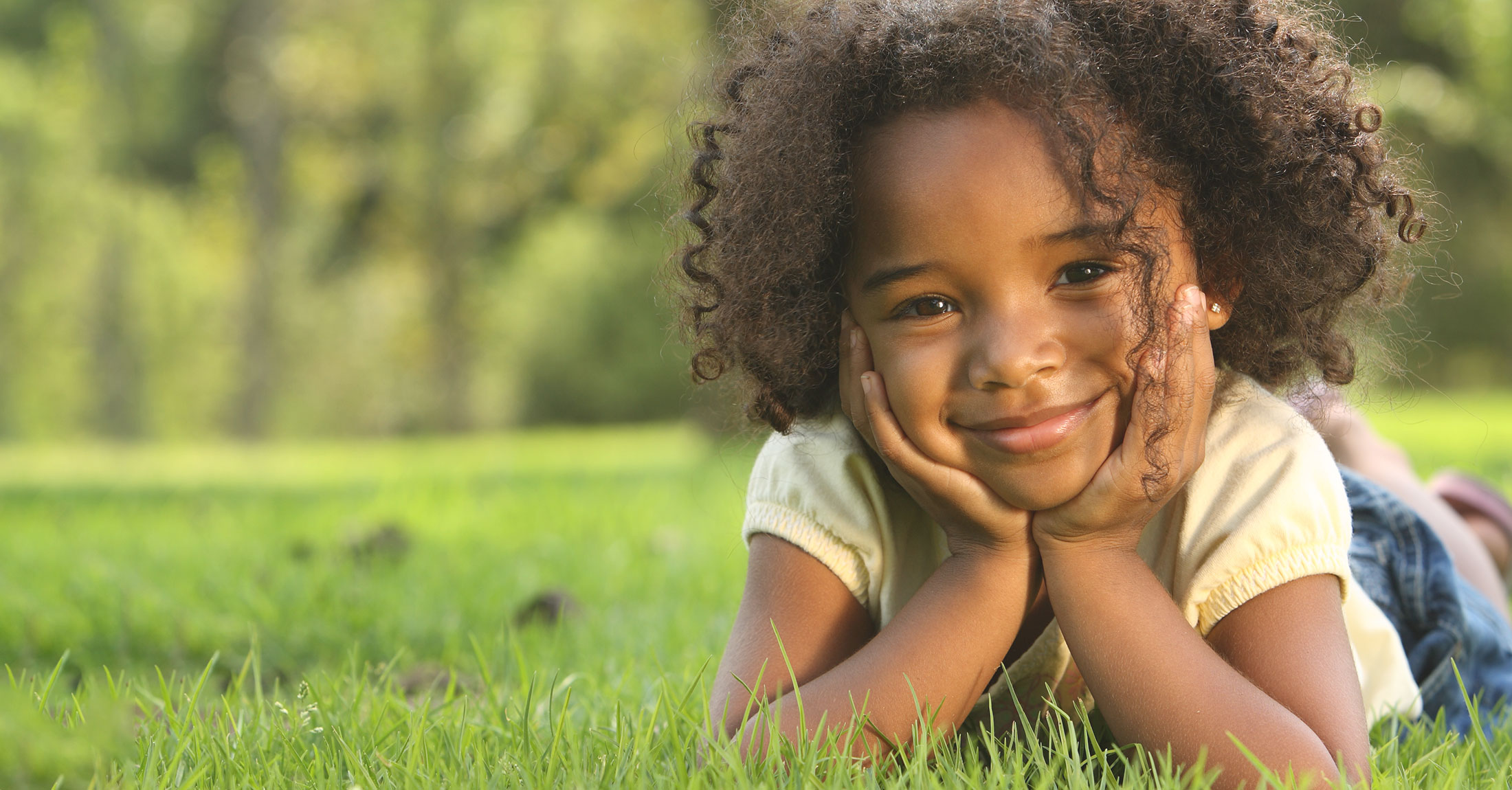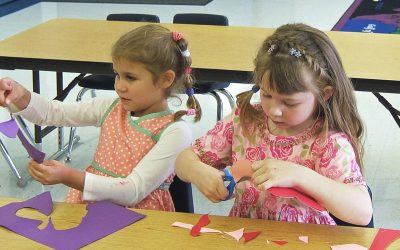In a world where violence, hate, and derision seem too common, we—and our children—seek comfort, and a way forward. There are no easy answers. But here are some approaches that may help kids.
There are times in life when individually and/or collectively the weight of the world seems inordinately heavy—when fear, sorrow, or disillusionment take root. We all handle these times in different ways. For example, some people turn inward and reflect deeply; others reach out to friends, family, clergy, or professional counsellors for support and guidance; still others find ways to improve tough situations or circumstances by taking on leadership roles, gathering forces, or working proactively toward change.
What do children do?
Firstly, they may need help and encouragement in order to identify, and deal effectively with their emotions.
They may also require adults to help them address their concerns.
And, of course, they, too, can reflect, garner support from significant others, and become leaders and agents for positive change.
All of that is good.
Yet, there’s another avenue for children (and adults) to explore when life becomes overly challenging. They can consider how to use creativity to help them get through dark moments or turbulent times. It’s possible to tap the passions that other people have shared—their wise words, musicality, poetic perspectives, and more. It’s also possible to create for oneself a way forward, through introspective writing, musical or artistic composition, or alternative forms of creative expression.
When I am sad, or in need of time and space to process events or emotions, I sit and write. In fact, I am doing that now because it has been a particularly difficult week, and I find that writing helps to ease my soul, and gives me a sense of calm and purpose. Hence this article.
Strategies
Here are 6 ideas to help children deal with difficult times and navigate circumstances in ways that enable them to harness their passions and, hopefully, feel better. Each point below requires kids to think about questions (and then act).
1. Think—what do you like to do?
What makes you feel happy? Painting? Dancing? Singing? Reading? Playing a game with friends? Any and all of these provide outlets and opportunities to engage in creative activities, and to take a break from negativity.
2. Think—who gives you comfort?
Are there people with whom you can talk? Share your ideas or collaborate? Hug? Or just sit next to, knowing that they’re there when you want to chat… (Or even if you don’t…)
3. Think—what gives you strength?
Rest? Exercise? Advice? Prayer? A walk in the park? Meditation? Nourishment? Counting your blessings? A bit of humor? A way to vent and safely release troublesome or adverse emotions?








